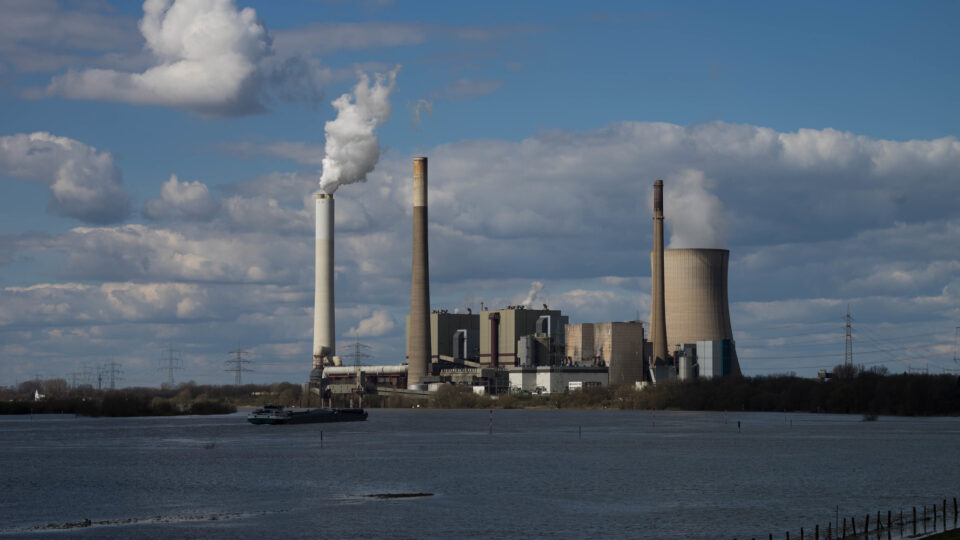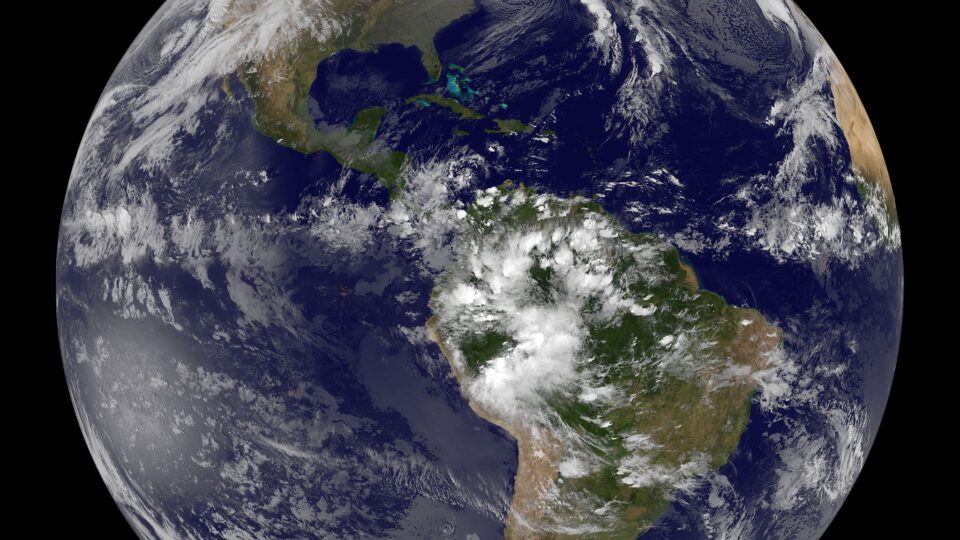The past 12 months have been the hottest ever measured across the globe. This may not be everyone’s experience in every location, but the average person on Earth experienced 26 more days of abnormally high temperatures than they would have in the absence of climate change.
Researchers considered a given day’s temperature to be abnormally high in a particular location if it exceeded 90% of the daily temperatures recorded there between 1991 and 2020. Nearly 80% of the world’s population experienced at least 31 days of abnormal warmth since May of 2023. Theoretically, the number of unusually warm days would have been far fewer in the absence of global warming.
In some countries, the extra-warm days added up to two or three weeks. In others, such as Colombia, Indonesia, and Rwanda, there were up to 4 months of them. The average American experienced 39 days of extra-warm temperatures since last May.
Scientists also added up how many extreme heat waves the planet experienced since last May. These are defined as episodes of unseasonable warmth across a large area, lasting three or more days, and causing significant loss of life or disruption to infrastructure or industry. In total, the researchers identified 76 such episodes, affecting 90 countries, on every continent except Antarctica.
The world’s climate is now shifting toward the La Niña phase of the cyclical pattern called the El Niño-Southern Oscillation. This usually leads to cooler temperatures on average, but the recent heat could have lingering effects on weather and storms for months to come, including what is expected to be an extraordinarily active Atlantic hurricane season.
**********
Web Links
Climate Change Added a Month’s Worth of Extra-Hot Days in Past Year
Photo, posted December 21, 2011, courtesy of Maggie Lin Photography via Flickr.
Earth Wise is a production of WAMC Northeast Public Radio











